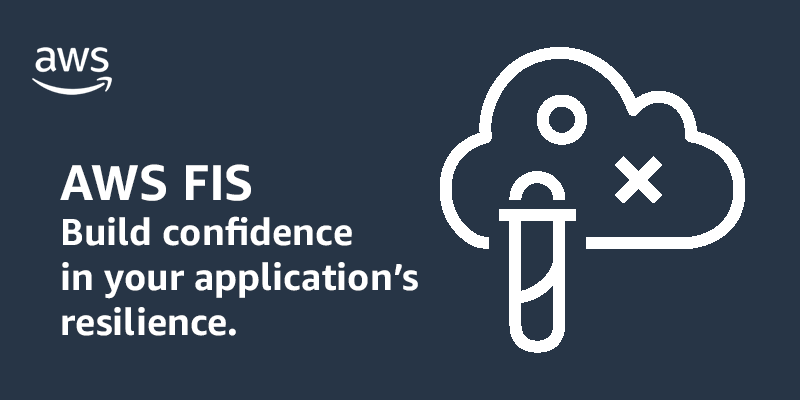A Beginner's Guide to Using Amazon FIS (Fault Injection Simulator) in AWS
 Sumit Mondal
Sumit Mondal
Introduction:
Amazon Web Services (AWS) provides a plethora of powerful services, and among them is the Fault Injection Simulator (FIS). AWS FIS allows users to simulate different failure scenarios to test the resilience of their applications and infrastructure. In this blog post, we'll walk you through the basics of using FIS in AWS, making it easy for beginners to get started.
Understanding Fault Injection:
Before diving into AWS FIS, let's grasp the concept of fault injection. Fault injection is a technique where intentional faults or errors are introduced into a system to observe how it behaves under adverse conditions. AWS FIS enables users to perform controlled experiments by injecting faults into their AWS resources, helping them identify weaknesses and improve system resilience.
Getting Started:
Access AWS FIS: To begin using FIS, you must have an AWS account. Once logged in, navigate to the AWS FIS console.
Create an Experiment:
Click on the "Create experiment" button.
Choose the type of experiment you want to conduct. AWS FIS supports various types, such as EC2, Lambda, and DynamoDB.
Specify the target resource and other relevant details.
Configure Actions:
Select the actions you want to simulate, such as latency injection, exception injection, or resource failure.
Fine-tune the parameters for each action, like the duration and magnitude of the fault.
Define Steady State:
Establish a steady state for your experiment by providing baseline metrics.
AWS FIS will compare the system's behavior during and after the fault injection to these baseline metrics.
Review and Launch:
Review your experiment configuration to ensure it meets your requirements.
Click on "Launch experiment" to initiate the fault injection.
Monitor and Analyze:
Monitor the experiment in real-time using AWS CloudWatch or other monitoring tools.
Analyze the results to understand how your system responds to different fault scenarios.
Tips for Effective Fault Injection:
Start Small: Begin with simple fault injections to understand the process and gauge the impact on your system.
Gradual Complexity: As you become more comfortable, gradually increase the complexity of your experiments to simulate real-world scenarios.
Documentation: Keep detailed documentation of your experiments, including configurations and results, to facilitate learning and future improvements.
Collaborate and Share: AWS FIS supports collaboration, so consider sharing your experiments with team members to collectively enhance system resilience.
Conclusion:
AWS FIS is a powerful tool for testing and improving the reliability of your applications and infrastructure on AWS. By following the steps outlined in this guide, beginners can easily start using FIS to inject faults, analyze system behavior, and build more resilient architectures. As you gain experience, you'll be better equipped to design robust systems that can withstand various failure scenarios in the dynamic world of cloud computing.
Subscribe to my newsletter
Read articles from Sumit Mondal directly inside your inbox. Subscribe to the newsletter, and don't miss out.
Written by

Sumit Mondal
Sumit Mondal
Hello Hashnode Community! I'm Sumit Mondal, your friendly neighborhood DevOps Engineer on a mission to elevate the world of software development and operations! Join me on Hashnode, and let's code, deploy, and innovate our way to success! Together, we'll shape the future of DevOps one commit at a time. #DevOps #Automation #ContinuousDelivery #HashnodeHero